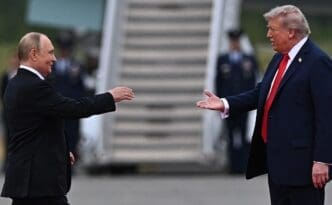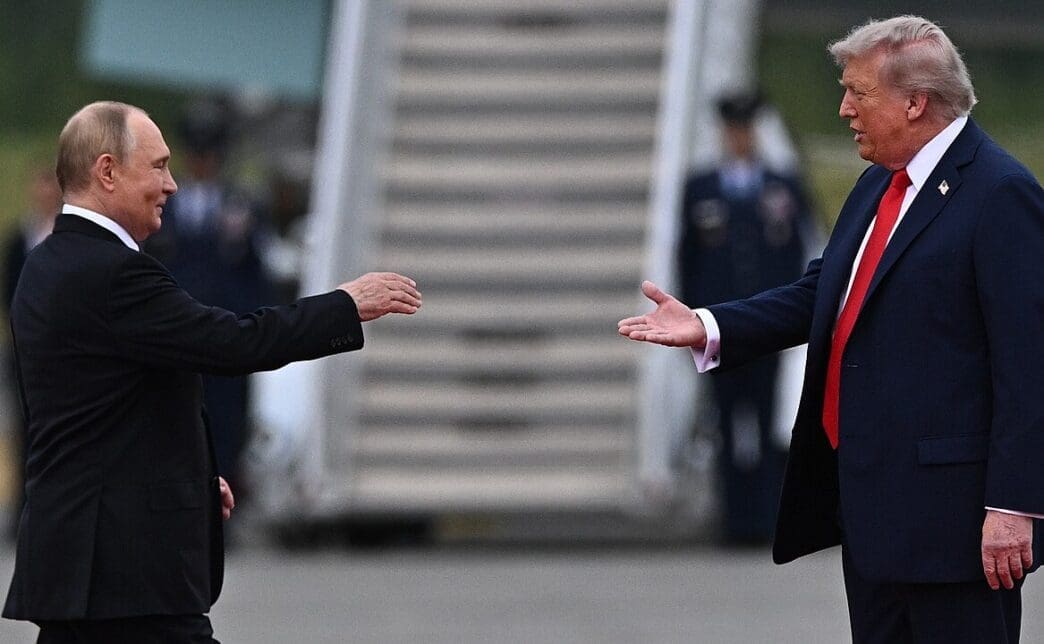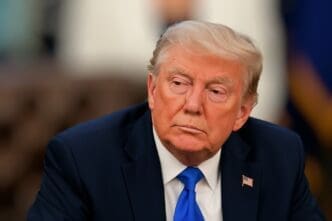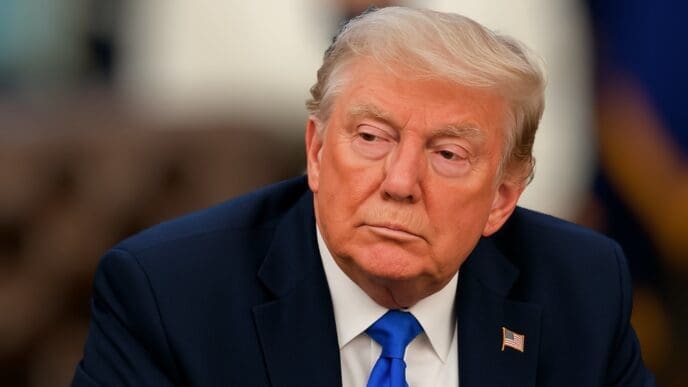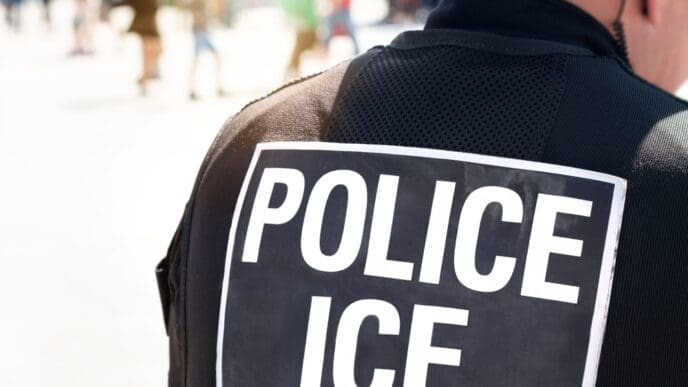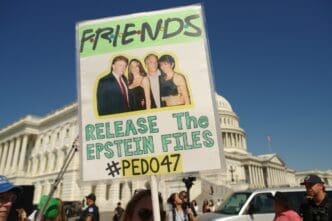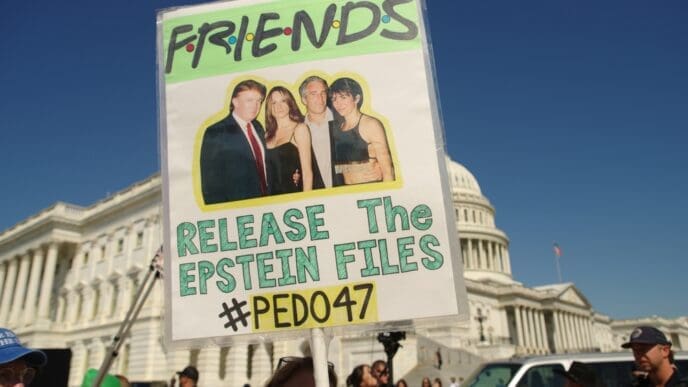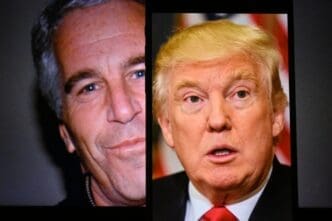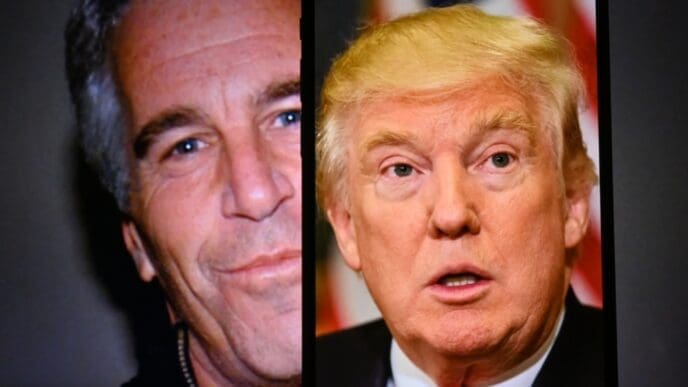Executive Summary
- Donald Trump has shifted his stance on the Russia-Ukraine conflict, now advocating for a direct “peace agreement” instead of an immediate ceasefire, which reportedly aligns with Russia’s demands for Ukrainian territorial concessions.
- This shift has caused significant concern in Kyiv and across Europe, as it contradicts Ukraine’s primary demand for an unconditional ceasefire and is seen by analysts as potentially benefiting Russia’s military objectives.
- Despite diplomatic engagements, including a call between Trump and Ukrainian President Zelensky, the change in position raises questions about the nature of future peace negotiations and the potential for a “cost-free win” for Russia.
The Story So Far
- Russia has consistently demanded Ukraine’s capitulation and territorial concessions as a condition for a peace settlement.Ukraine, supported by European backers, insists on an unconditional ceasefire preceding any peace negotiations.
- Russian President Vladimir Putin reportedly believes his forces are gaining an advantage on the battlefield, making him disinclined to agree to an immediate ceasefire without significant concessions.
Why This Matters
- Donald Trump’s shift towards a “peace agreement” that aligns with Russia’s demands for territorial concessions could force Ukraine into a disadvantaged negotiating position, potentially legitimizing Russia’s battlefield gains.
- This change in Trump’s stance is causing significant concern in Kyiv and across Europe, as it undermines Ukraine’s long-standing demand for an unconditional ceasefire and could embolden Russia to continue its military objectives.
- The development may be perceived as a diplomatic advantage for Russia, potentially reducing the threat of increased U.S. sanctions and complicating future international efforts to support Ukraine’s territorial integrity.
Who Thinks What?
- President Trump advocates for a direct “peace agreement” to end the Russia-Ukraine conflict, believing it is more effective than an immediate ceasefire and appears to align with Russia’s demands for Ukraine’s territorial concessions.
- Ukraine, represented by President Zelensky, insists that an unconditional ceasefire must precede any peace negotiations, and its experts view Russia’s territorial demands as unacceptable.
- European leaders and analysts are concerned that Trump’s shift in stance could benefit Russia by giving it time on the battlefield, though some welcome any efforts that might lead to an end to the war and robust security guarantees for Ukraine.
Donald Trump’s recent shift in stance on the Russia-Ukraine conflict, moving away from an immediate ceasefire towards a direct “peace agreement,” has reportedly caused significant concern in Kyiv and across Europe. Following discussions, Trump indicated that ceasefires often do not hold up, instead advocating for a comprehensive settlement that appears to align with Russia’s long-standing demands for Ukraine’s capitulation and territorial concessions.
Trump’s Evolving Position
In a statement on Truth Social, Trump articulated that the “best way to end the horrific war between Russia and Ukraine is to go directly to a peace agreement.” This perspective contrasts with his earlier expressed desire for an immediate ceasefire. Russia’s position has consistently been that a ceasefire can only occur within the context of a comprehensive settlement that addresses its interests, which analysts suggest inevitably implies Ukraine’s capitulation.
Reports indicate that Russia’s demands include the withdrawal of Ukrainian forces from areas of the eastern Donbas not currently under Russian control. In exchange, Russia would reportedly be willing to freeze the front lines further south, in the Zaporizhzhia and Kherson regions. Trump’s current approach appears to endorse this framework.
Reactions from Kyiv and Europe
This development reportedly flies in the face of Ukraine’s primary demand, which is for an unconditional ceasefire to precede any peace negotiations—a stance endorsed by its European backers. Experts suggest that this approach could buy Russian President Vladimir Putin valuable time on the battlefield, where he is reportedly convinced his forces are gaining an advantage.
Matthew Savill, director of military sciences at the Royal United Services Institute, stated, “If Putin’s military objective was to avoid immediate constraints on Russian operations in Ukraine then he appears to have succeeded.” Ian Bond, deputy director of the Centre for European Reform, described Moscow’s territorial demands as a “non-starter,” adding, “If Trump thinks that Zelensky is going to agree to give up the fortress cities of the Donetsk oblast, just to get Putin to stop making war on him, he’s out of his mind.”
Diplomatic Engagements
Despite the shift in public stance, Trump spoke with Ukrainian President Volodymyr Zelensky for an hour, later joined by European leaders. Zelensky described the call as “long and substantive” and accepted an invitation to visit Washington. He initially expressed gratitude for the invitation, stating it was important for “America’s strength” to impact the situation.
However, following Trump’s subsequent statement on Truth Social, Zelensky adopted a more urgent tone in a later post. He emphasized, “Killings must stop as soon as possible. The fire must cease both on the battlefield and in the sky, as well as against our port infrastructure.”
European leaders, often referred to as “Trump whisperers,” have continued their diplomatic efforts. UK Prime Minister Sir Keir Starmer welcomed Trump’s efforts, stating, “President Trump’s efforts have brought us closer than ever before to ending Russia’s illegal war in Ukraine.” Starmer also welcomed the openness of the U.S. and Europe to provide “robust security guarantees” for Ukraine in the event of a deal, though the precise nature of these guarantees remains to be detailed.
Broader Implications
The quasi-summit in Alaska, which included unambiguous displays of American military might, is seen by some as a “cost-free win” for Putin, facilitating the return of an international figure previously seen as a pariah to the global stage. The threat of increased U.S. sanctions on Moscow has also reportedly receded, with Trump indicating a potential delay in considering such measures.
These developments raise questions about what awaits President Zelensky during his upcoming visit to Washington. Mr. Bond speculated that Zelensky might be “ambushed again in DC.” When asked for advice for Ukraine, Trump’s blunt reply was reportedly, “Make a deal.”

